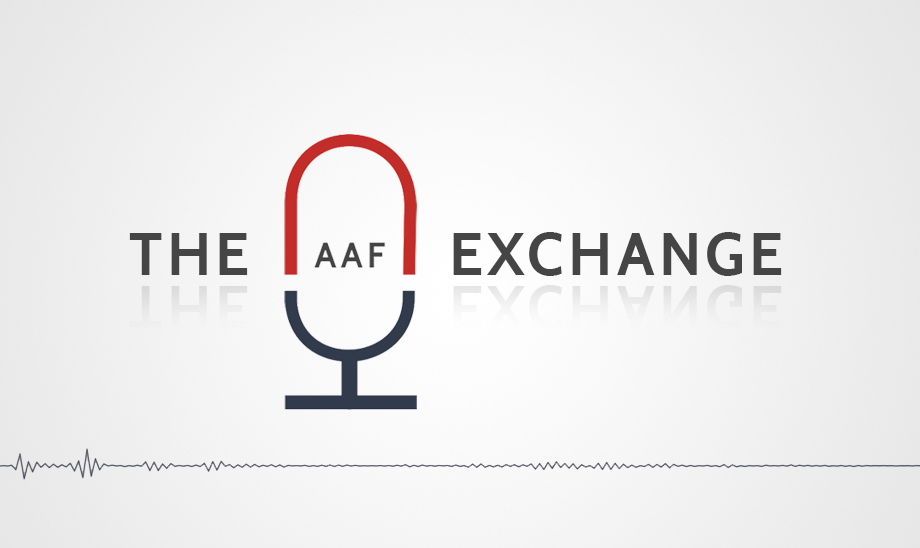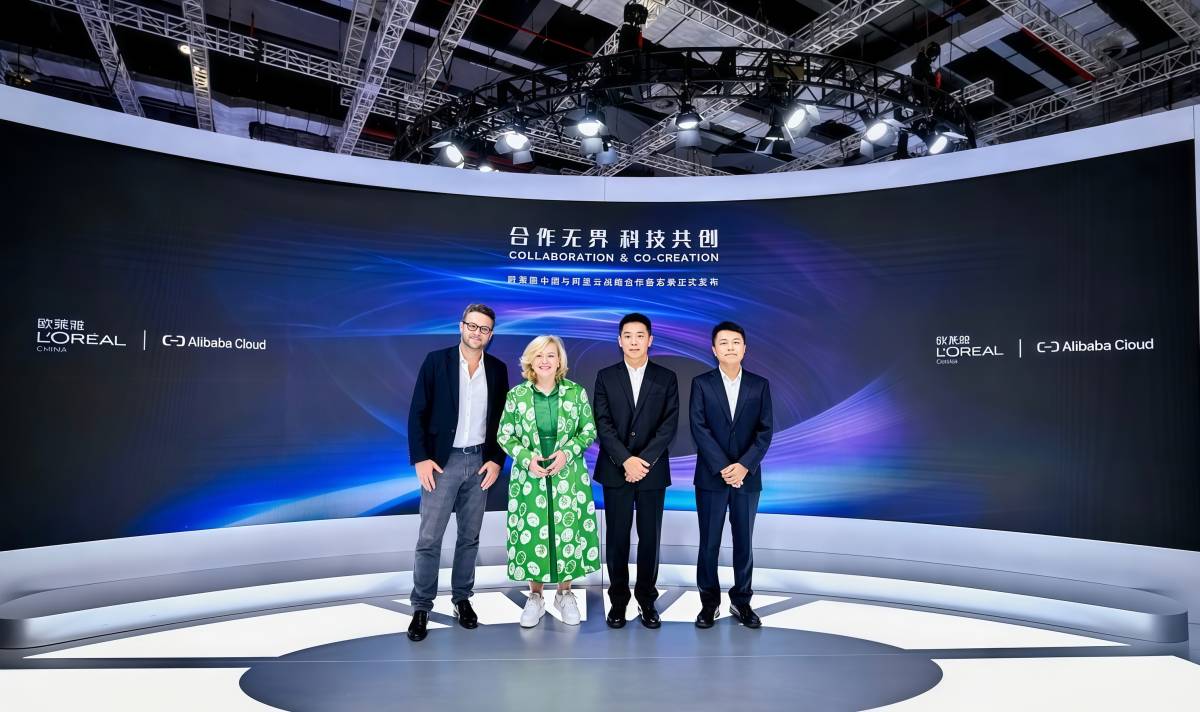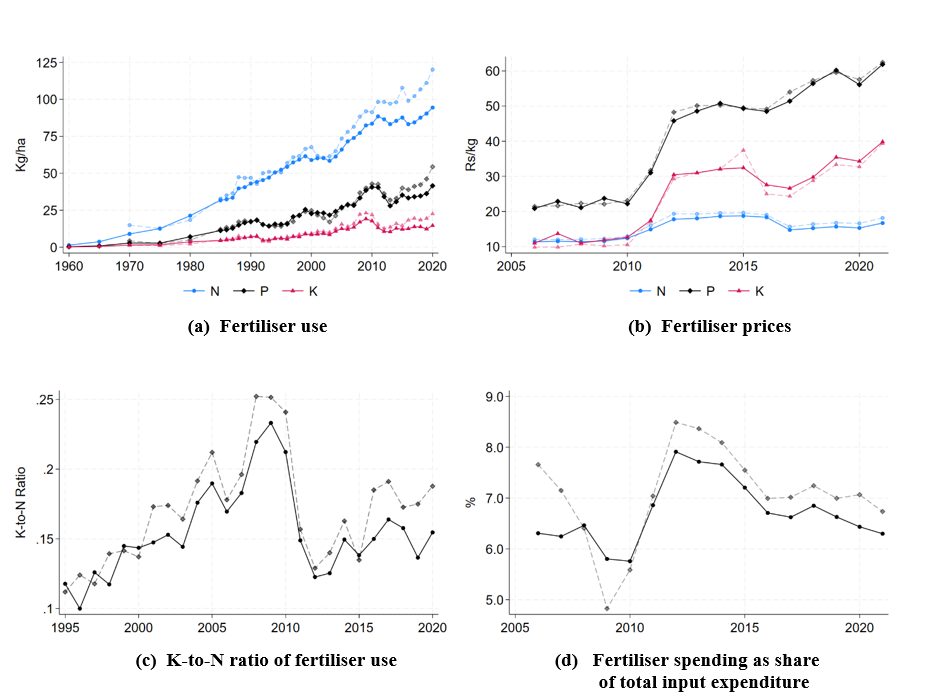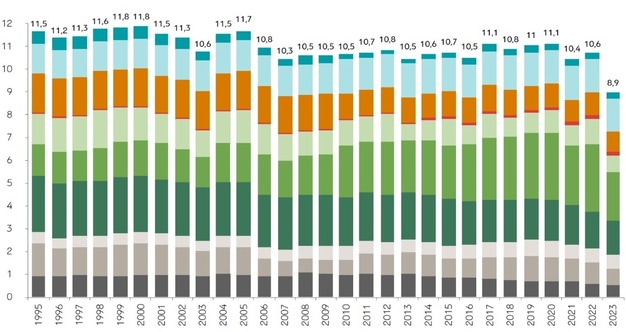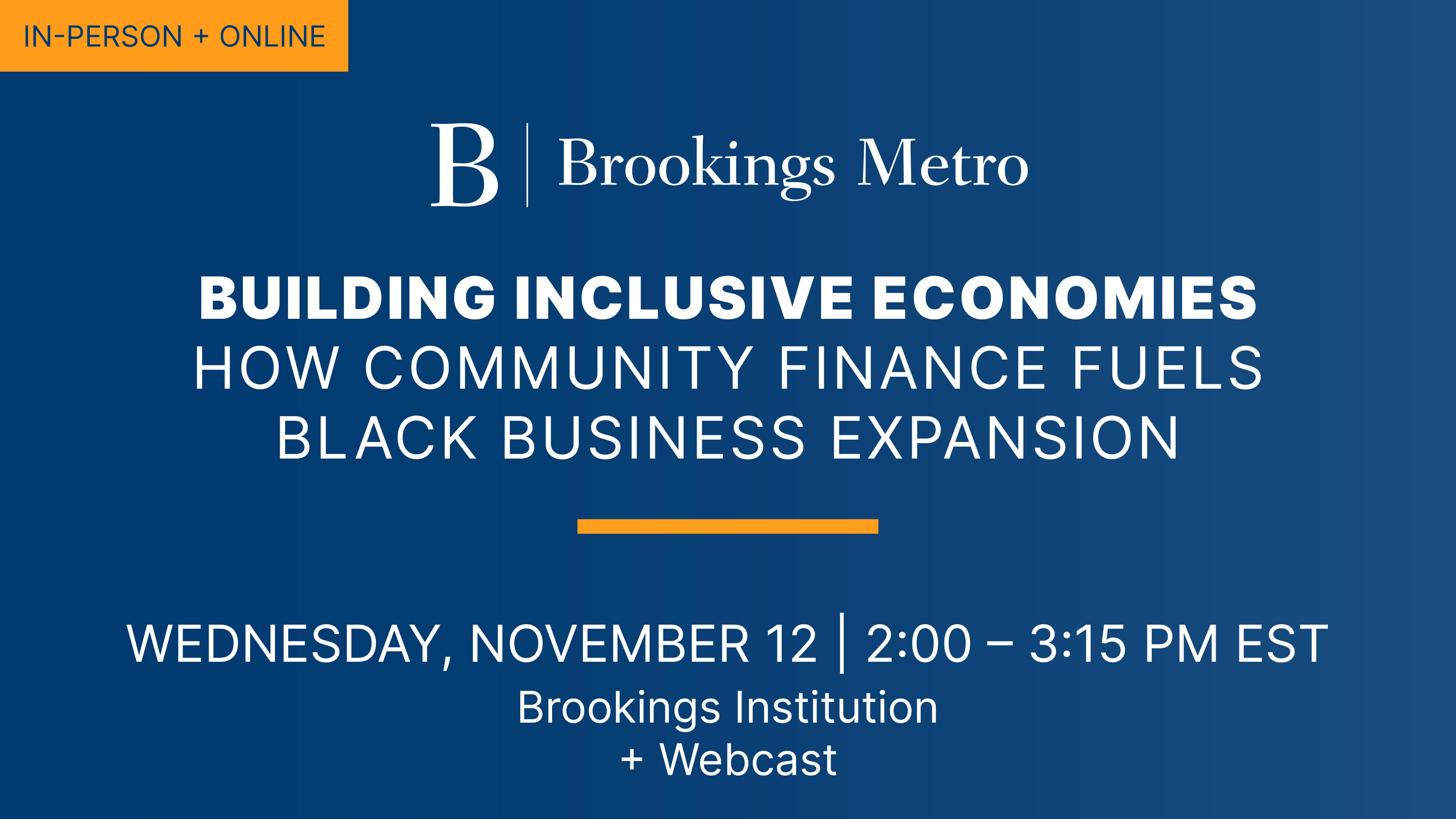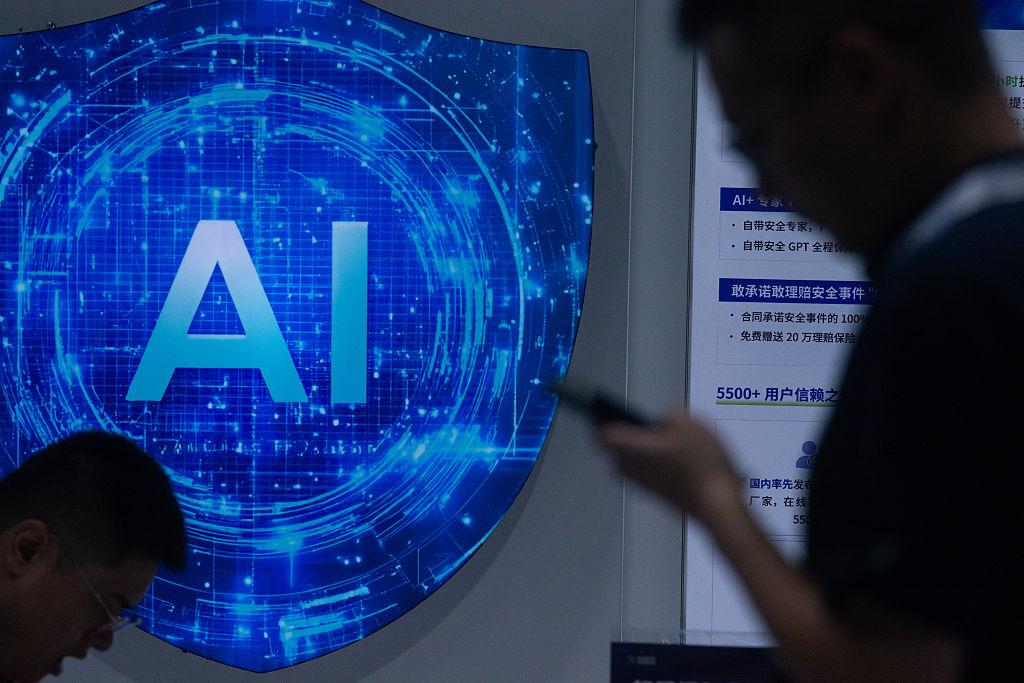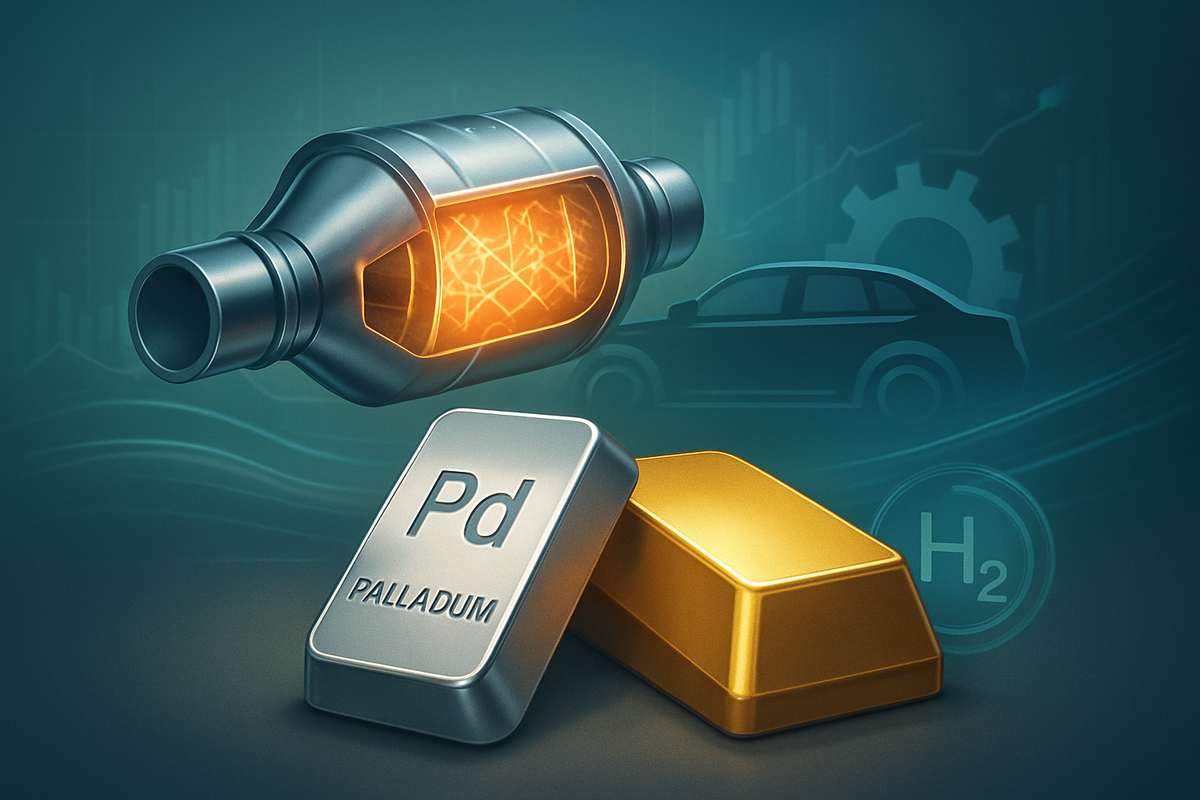AI-driven Industry 5.0: APAC’s Maturity Gap – FutureIOT

Report on Industry 4.0 Adoption in APAC and its Implications for Sustainable Development Goals (SDGs)
A study commissioned by IBM, titled “APAC AI-Driven Industry 4.0: Building Tomorrow’s Industries,” indicates a significant disparity between the perceived and actual readiness for Industry 4.0 among manufacturing, energy, and utility organizations in the Asia Pacific (APAC) region. This gap presents substantial challenges to achieving key United Nations Sustainable Development Goals (SDGs), particularly those related to industrial innovation, sustainable production, and clean energy.
Disparity Between Perceived and Actual Maturity
Overestimation of Progress
The report reveals a critical overconfidence among regional organizations regarding their digital transformation. This misalignment poses a risk to strategic investments aimed at fostering sustainable development.
- Self-Assessment vs. Reality: While 85% of surveyed organizations classify themselves as “Data-Driven” or “AI-First,” an objective assessment indicates that only 11% have achieved these higher stages of maturity.
- Implications for SDGs: This overestimation can lead to misallocated resources, slowing progress towards SDG 9 (Industry, Innovation, and Infrastructure) and SDG 12 (Responsible Consumption and Production) by failing to address fundamental operational bottlenecks.
Key Barriers to Sustainable Industrialization (SDG 9)
Strategic and Operational Deficiencies
Several core challenges prevent organizations from holistically adopting Industry 4.0 principles, thereby impeding progress on sustainability targets.
- Strategic Misalignment: Only 10% of organizations possess a fully embedded Industry 4.0 strategy. The prevalence of siloed plans undermines the integrated approach required to advance SDG 9.
- Siloed Execution: Approximately 67% of organizations pursue ad hoc, department-level use cases, and 73% lack mechanisms for cross-team knowledge sharing. This fragmentation hampers the collaborative innovation needed to achieve systemic efficiencies aligned with SDG 12.
- Slow Core Modernization: Limited adoption of predictive maintenance (40%) and real-time supply-chain visibility (37%) exposes organizations to disruptions and inefficiencies, directly impacting goals for resilient infrastructure under SDG 9 and responsible resource management under SDG 7 (Affordable and Clean Energy).
- Limited AI Integration: With only 10% of organizations treating AI/ML as a strategic pillar, the potential for AI-driven optimization in energy consumption and waste reduction remains largely untapped, affecting both SDG 7 and SDG 12.
Human Capital and Workforce Development Gaps
The report highlights significant shortfalls in preparing the workforce for industrial transformation, a crucial component of sustainable economic growth.
- Lack of Upskilling: Only 26% of organizations have formal upskilling or change-management programs in place, and a mere 16% are confident in their in-house expertise.
- Impact on SDGs: This gap hinders progress towards SDG 8 (Decent Work and Economic Growth) and SDG 4 (Quality Education) by failing to equip employees with the necessary skills for the industries of the future.
The Transition to Industry 5.0: A Pathway to Enhanced Sustainability
Current Shortfalls in Sustainability and Resilience
The transition towards Industry 5.0, which emphasizes human-centricity, sustainability, and resilience, is challenged by a lack of foundational capabilities.
- Insufficient Sustainability Tracking: Only 28% of organizations have invested in real-time sustainability tracking. This deficiency is a major obstacle to implementing and monitoring policies for SDG 12 (Responsible Consumption and Production).
- Limited Human-Centric Design: Just 23% of organizations utilize customer feedback loops to inform strategic decisions, indicating a need to better integrate human-centric principles that align with the people-focused vision of the SDGs.
Strategic Recommendations for Aligning Industrial Transformation with SDGs
To bridge the gap between ambition and reality, the report outlines a holistic approach for organizations to advance their Industry 4.0 maturity while embedding the principles of Industry 5.0. This strategy is essential for driving progress toward the SDGs.
- Establish a Value-Driven Technology Strategy: Align technology investments with specific sustainability outcomes to ensure that digital transformation directly supports targets under SDG 7, SDG 9, and SDG 12.
- Leverage Core Technology for Cross-Functional Impact: Break down organizational silos to build integrated systems that optimize resource management and promote a circular economy, contributing to SDG 12.
- Treat Data as a Strategic Asset: Utilize data analytics for real-time monitoring of energy consumption, emissions, and waste, enhancing accountability and performance related to key environmental SDGs.
- Prepare for Rapid Technology Integration: Foster an agile culture that can quickly adopt and scale innovations, accelerating the development of resilient and sustainable infrastructure as envisioned in SDG 9.
- Embed Industry 5.0 Thinking Today: Prioritize human-centricity, sustainability, and resilience to ensure a just transition that supports SDG 8 (Decent Work and Economic Growth) while building the robust industrial ecosystems of the future.
Analysis of Sustainable Development Goals (SDGs) in the Article
1. Which SDGs are addressed or connected to the issues highlighted in the article?
-
SDG 9: Industry, Innovation and Infrastructure
- The article is centered on the adoption of “Industry 4.0” and “AI-driven” capabilities within manufacturing, energy, and utility organizations. This directly relates to building resilient infrastructure, promoting inclusive and sustainable industrialization, and fostering innovation. The text discusses challenges and strategies for modernizing industrial processes through technology, which is the core of SDG 9.
-
SDG 8: Decent Work and Economic Growth
- The article highlights significant challenges related to the workforce in the context of technological transformation. It mentions barriers such as “employee resistance,” the need for “formal upskilling or change-management programs,” and a lack of “in-house expertise.” These points connect directly to achieving higher levels of economic productivity through technological upgrading and ensuring the workforce is prepared for new industrial paradigms, which is a key aspect of promoting sustained, inclusive, and sustainable economic growth and decent work for all.
-
SDG 12: Responsible Consumption and Production
- The article explicitly mentions the transition towards “Industry 5.0—where human-centricity, sustainability, and resilience become core.” It notes that organizations are investing in “real-time sustainability tracking.” This focus on sustainability, coupled with efforts to improve supply-chain visibility and implement predictive maintenance to reduce disruptions and potential waste, aligns with the goal of ensuring sustainable consumption and production patterns.
2. What specific targets under those SDGs can be identified based on the article’s content?
-
Under SDG 9: Industry, Innovation and Infrastructure
- Target 9.4: By 2030, upgrade infrastructure and retrofit industries to make them sustainable, with increased resource-use efficiency and greater adoption of clean and environmentally sound technologies and industrial processes. The article’s focus on adopting Industry 4.0, AI, “predictive maintenance,” and achieving “real-time supply-chain visibility” directly supports this target by aiming to make industries more efficient and resilient. The mention of “sustainability” as a core pillar of the upcoming Industry 5.0 further reinforces this connection.
- Target 9.5: Enhance scientific research, upgrade the technological capabilities of industrial sectors in all countries. The entire article discusses the push for APAC organizations to invest in and integrate “AI and Industry 4.0 capabilities.” The finding that only 10% treat “AI/ML as a strategic pillar” highlights the challenge in meeting this target of upgrading technological capabilities across the board.
-
Under SDG 8: Decent Work and Economic Growth
- Target 8.2: Achieve higher levels of economic productivity through diversification, technological upgrading and innovation. The article discusses how the lack of “formal upskilling or change-management programs” (only 26% have them) and low confidence in “in-house expertise” (only 16%) are significant barriers to leveraging technology for transformation. Addressing these “people and adoption blind spots” is crucial for achieving the productivity gains promised by Industry 4.0.
-
Under SDG 12: Responsible Consumption and Production
- Target 12.2: By 2030, achieve the sustainable management and efficient use of natural resources. The article points to this target by highlighting that “28% have invested in real-time sustainability tracking.” This investment is a direct effort to monitor and manage resource use more sustainably, which is a foundational step toward achieving this target.
3. Are there any indicators mentioned or implied in the article that can be used to measure progress towards the identified targets?
-
Indicators for SDG 9 (Targets 9.4 and 9.5)
- Percentage of organizations with a fully embedded Industry 4.0 strategy (10%): This measures the level of strategic commitment to industrial modernization.
- Percentage of organizations with real-time supply-chain visibility (37%): This is an indicator of upgraded infrastructure and resource-use efficiency.
- Percentage of organizations that have broadly adopted predictive maintenance (40%): This indicates the adoption of technologies that increase efficiency and sustainability by reducing downtime and waste.
- Proportion of organizations with high AI maturity (11%): The study’s finding that only 11% of organizations are in higher-maturity stages (“Data-Driven” or “AI-First”) serves as a direct indicator of the current level of technological capability.
-
Indicators for SDG 8 (Target 8.2)
- Percentage of organizations with formal upskilling or change-management programs (26%): This directly measures the effort being put into preparing the workforce for technological upgrading.
- Percentage of organizations confident in their in-house expertise (16%): This serves as an indicator of the skills gap and the readiness of the workforce to contribute to higher productivity through innovation.
-
Indicators for SDG 12 (Target 12.2)
- Percentage of organizations with investment in real-time sustainability tracking (28%): This is a direct quantitative measure of the adoption of tools for the sustainable management of resources.
4. Summary Table of SDGs, Targets, and Indicators
| SDGs | Targets | Indicators |
|---|---|---|
| SDG 9: Industry, Innovation and Infrastructure |
9.4: Upgrade infrastructure and retrofit industries to make them sustainable.
9.5: Enhance scientific research and upgrade technological capabilities. |
|
| SDG 8: Decent Work and Economic Growth | 8.2: Achieve higher levels of economic productivity through technological upgrading and innovation. |
|
| SDG 12: Responsible Consumption and Production | 12.2: Achieve the sustainable management and efficient use of natural resources. |
|
Source: futureiot.tech

What is Your Reaction?
 Like
0
Like
0
 Dislike
0
Dislike
0
 Love
0
Love
0
 Funny
0
Funny
0
 Angry
0
Angry
0
 Sad
0
Sad
0
 Wow
0
Wow
0

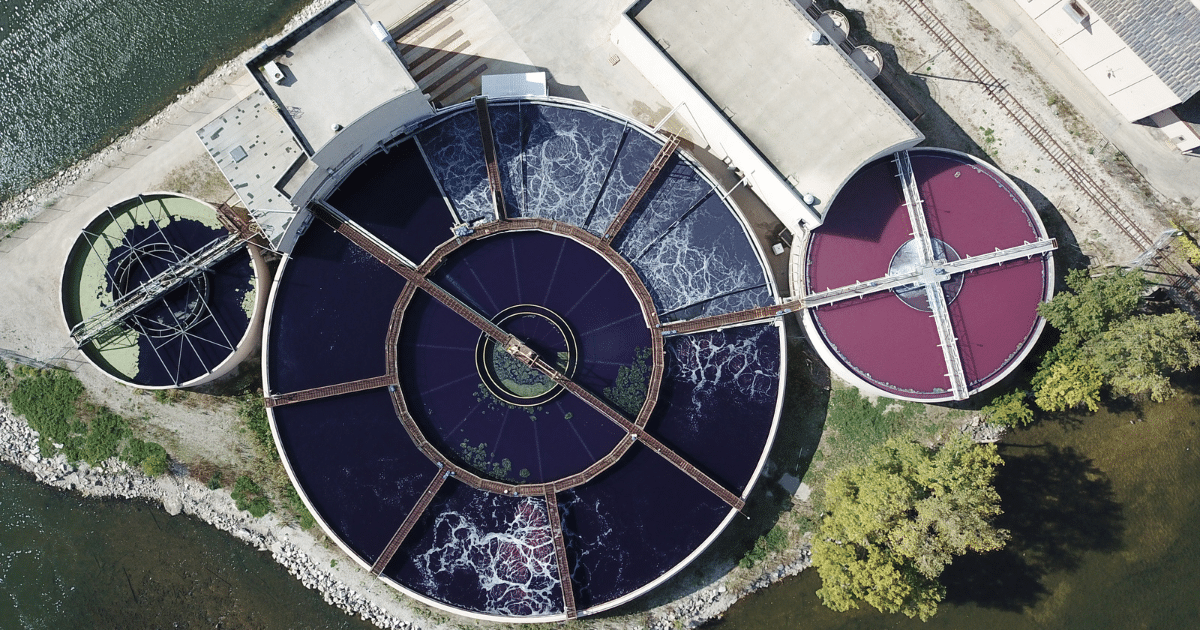










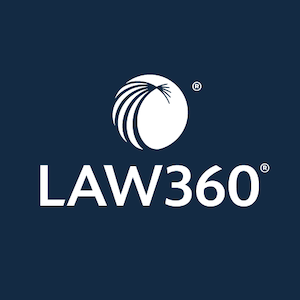











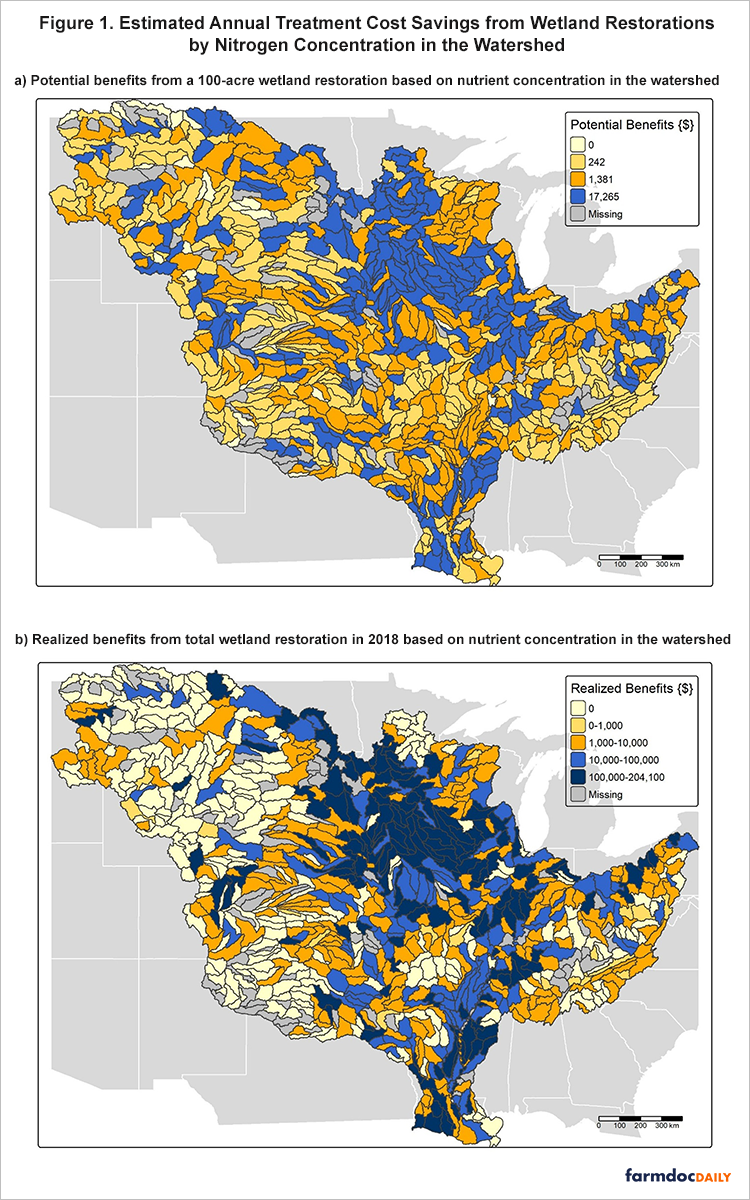
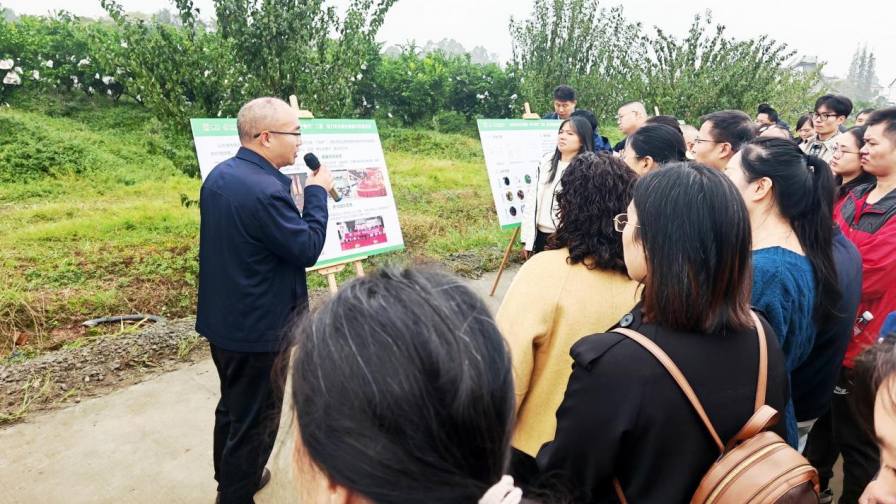

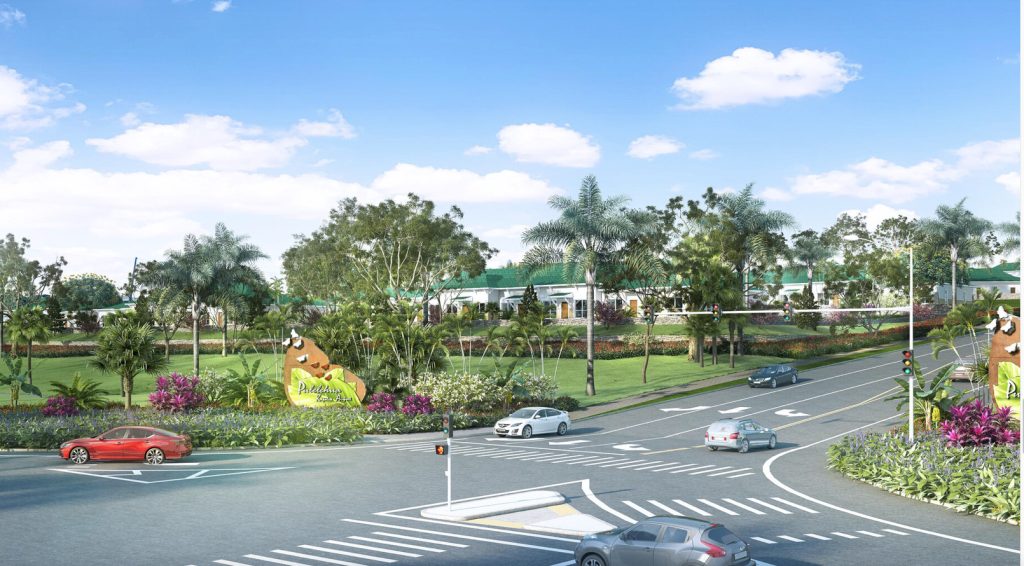



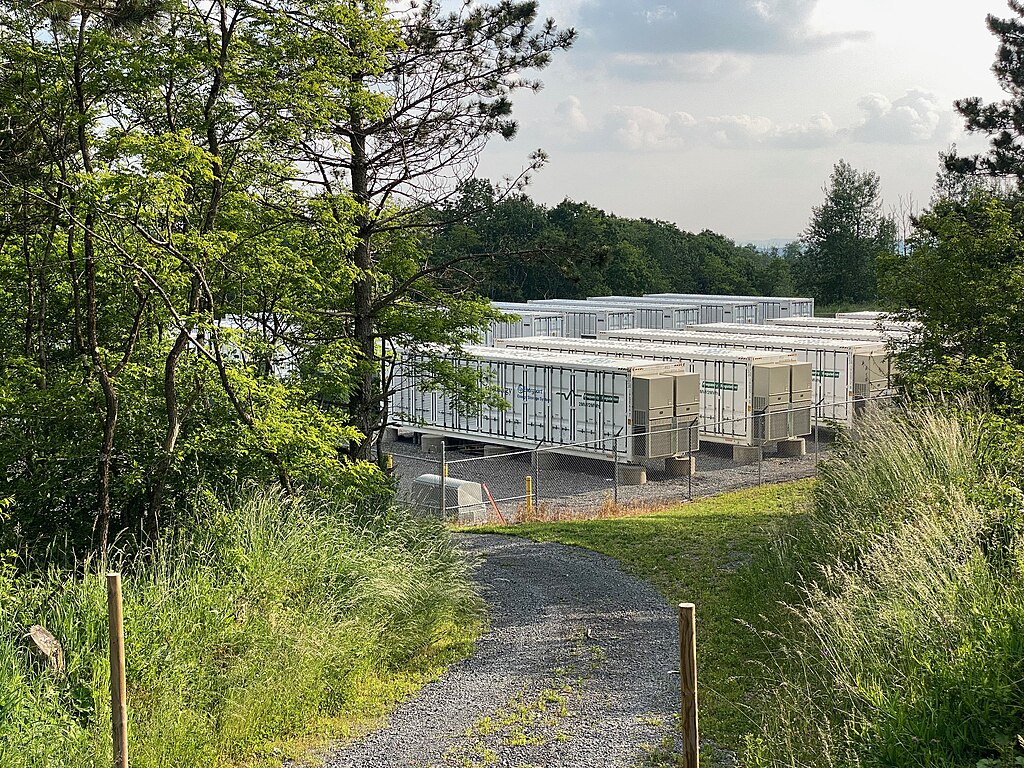
_2.png?#)



